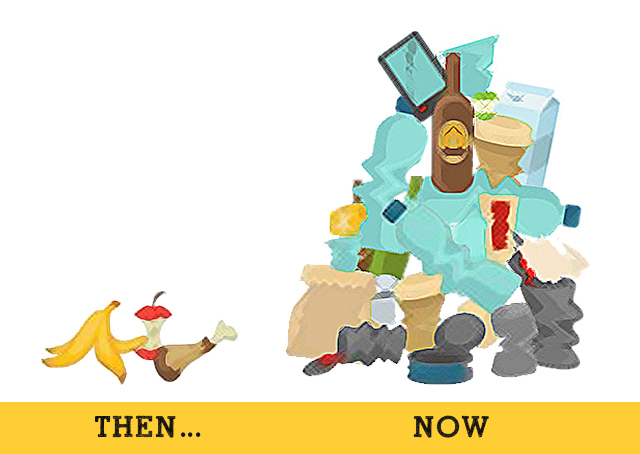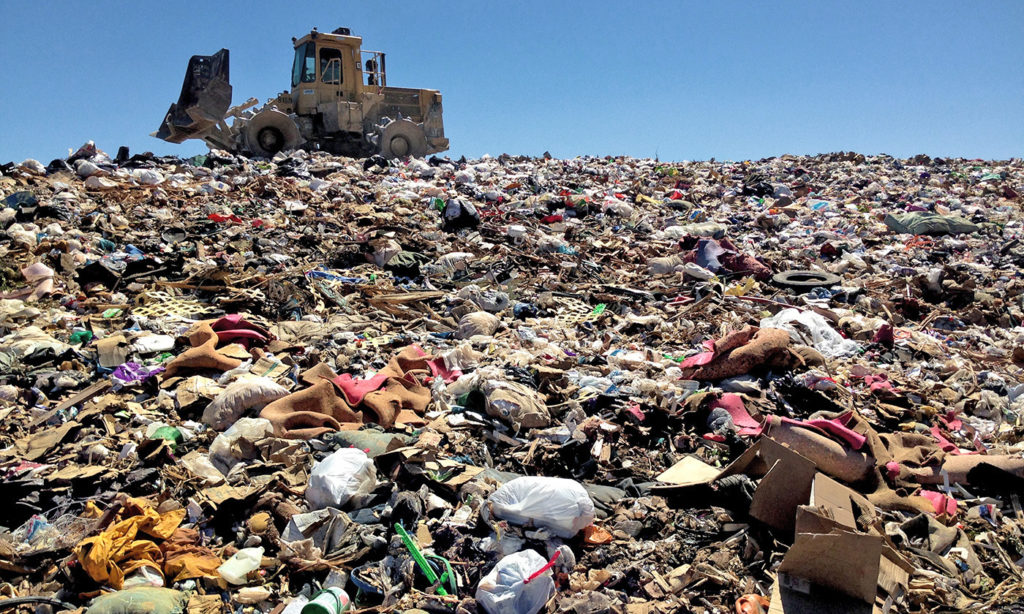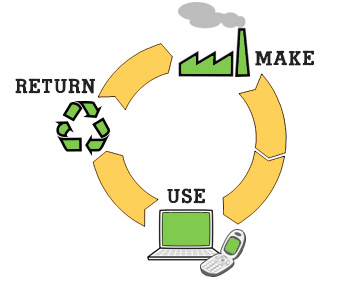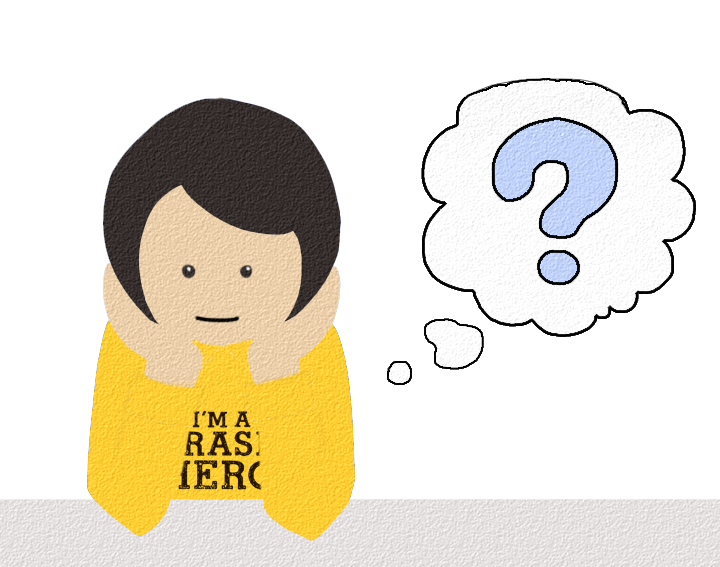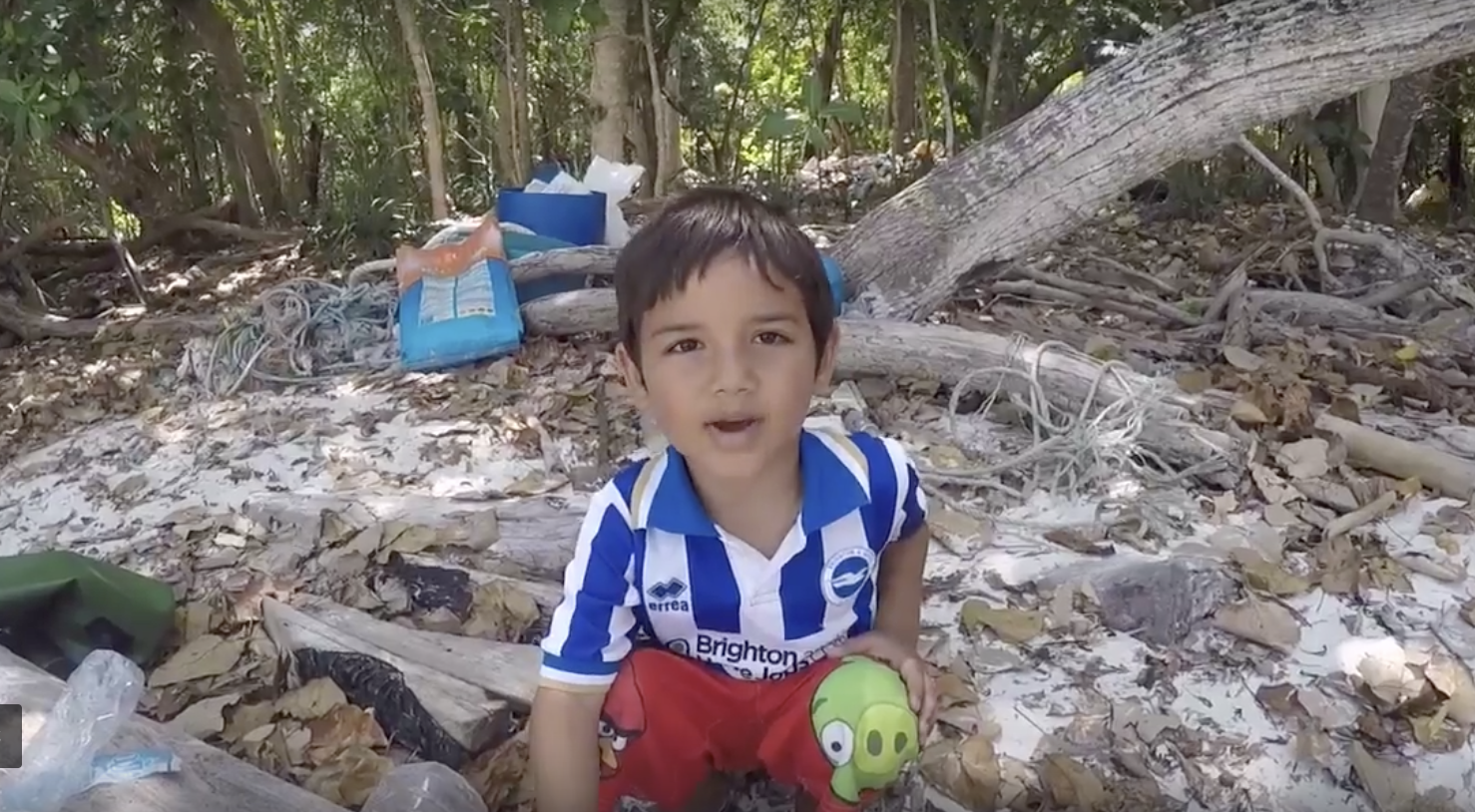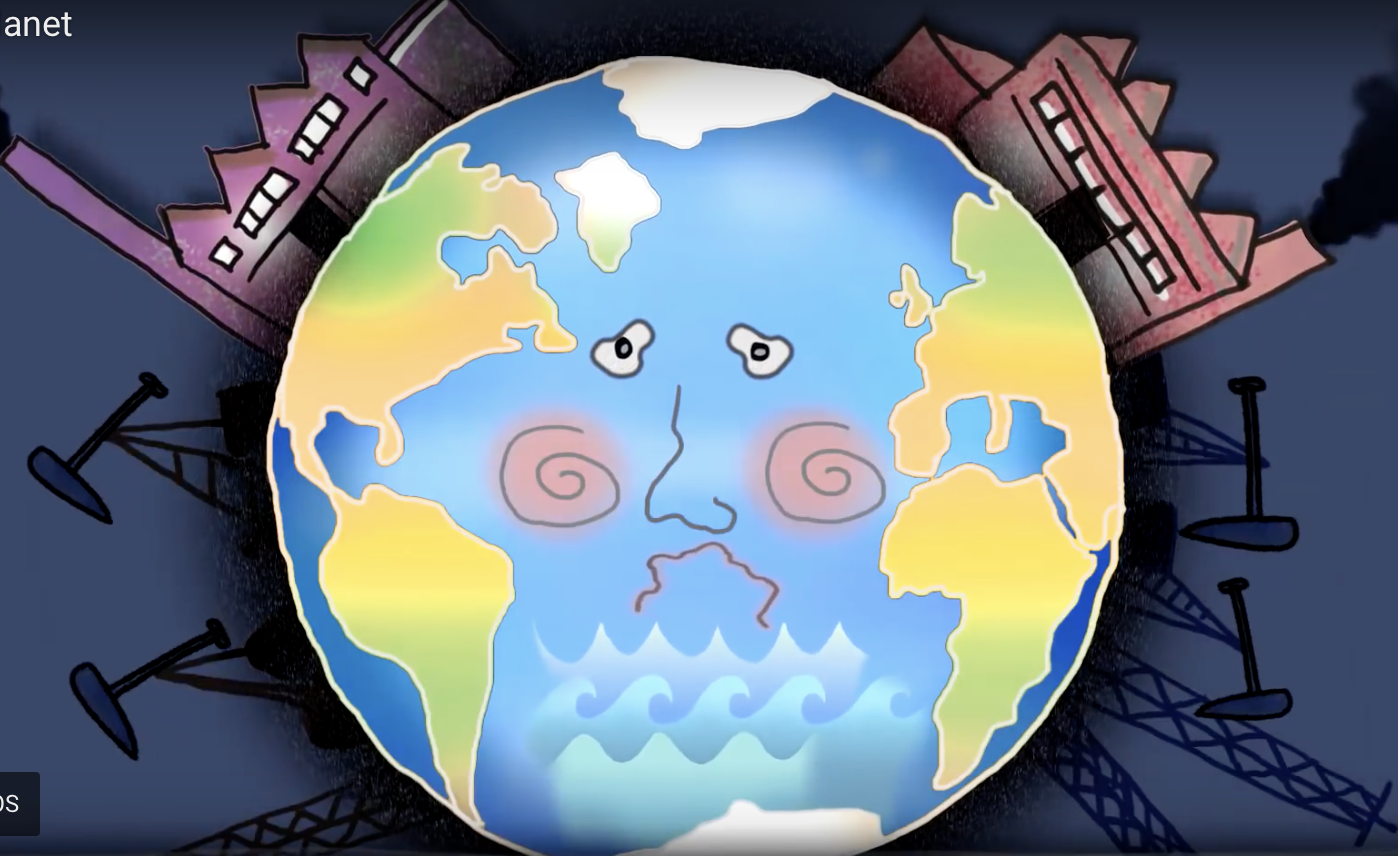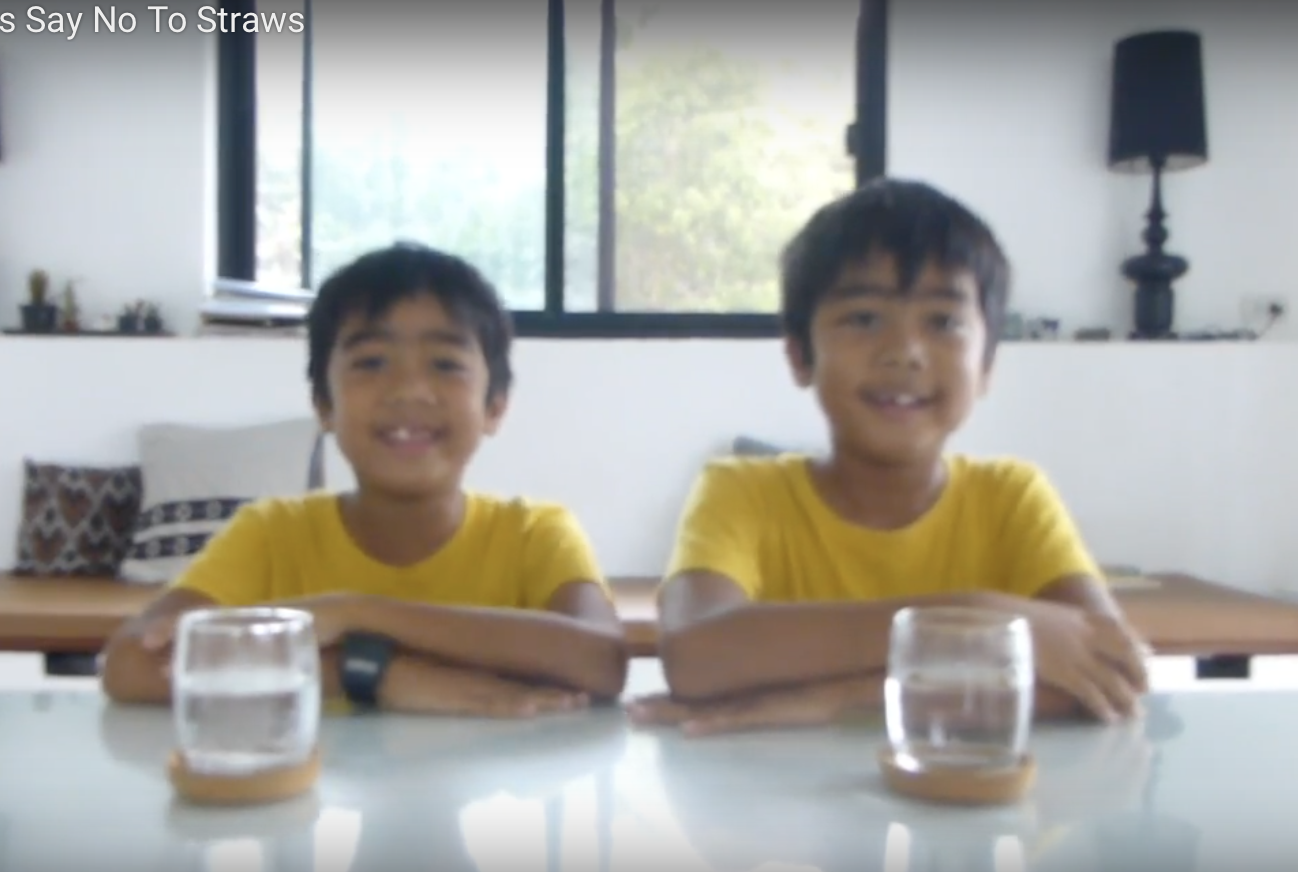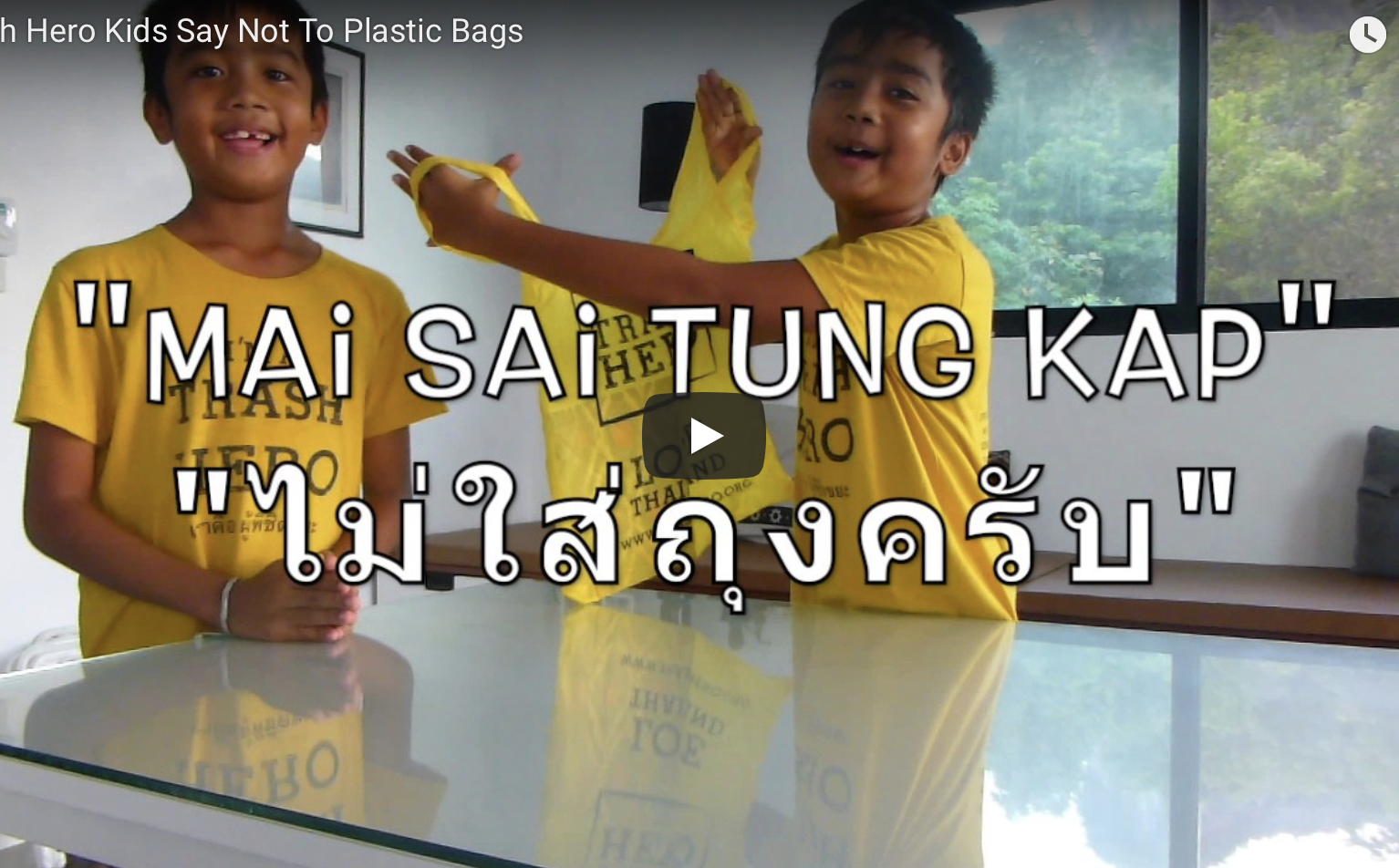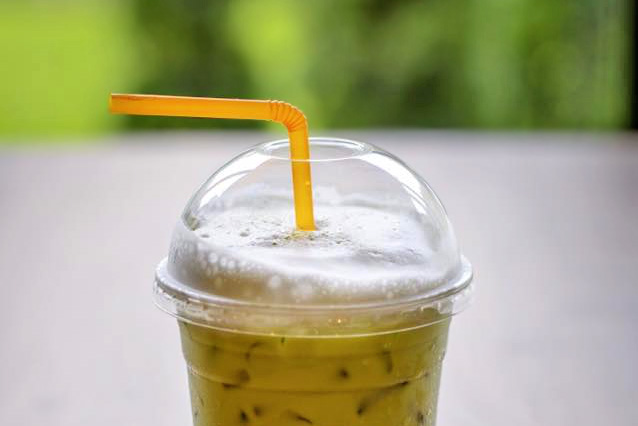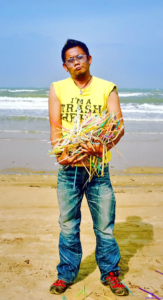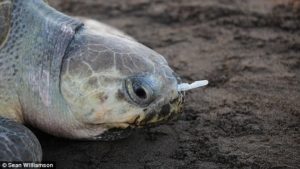Kids, read this!
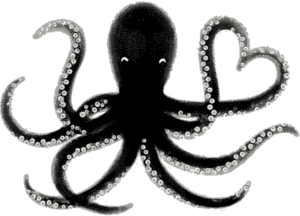
In our story book, you can discover the original “Trash Hero”. His mission is to stop plastic pollution harming sea life, but it’s getting harder and harder as the amount of plastic being thrown away increases. Find out how you can help him on his quest, and take the challenge with your friends and family. By practising good habits when it comes to waste, we can all be heroes, and save the Earth 💛
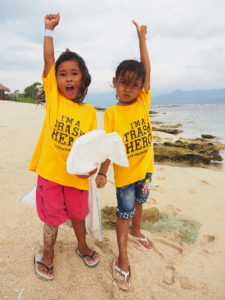 Write down all the good work you are doing to earn points and rewards like a cool t-shirt that says “I’m a Trash Hero”! This means you are part of the club that helps to take care of the planet 😎. There are kids like you all around the world who are doing awesome things to clean up and reduce the trash we produce every day.
Write down all the good work you are doing to earn points and rewards like a cool t-shirt that says “I’m a Trash Hero”! This means you are part of the club that helps to take care of the planet 😎. There are kids like you all around the world who are doing awesome things to clean up and reduce the trash we produce every day.
To get a copy of the book, you’ll need to ask your parents or teacher to contact us by email: kids@trashhero.org. Or, you can ask them to download an ebook preview, below. See how many challenges you can do, and don’t forget to let us know about your success!
Grown-ups, read this!
The Trash Hero kids’ book makes the connection between the issue of plastic pollution and the actions required in a thought-provoking and visually impactful way.
The story follows the fictional character of “Trash Hero”, a child dedicated to helping sea creatures escape harm from trash, and his plight as the amount of plastic waste in the oceans increases. He appeals for help and receives it from a group of school children who promise to work together to save the oceans. It is an intentionally simple and “light” treatment of this serious subject, evocatively illustrated by Polish artist Ewelina Wajgert.
The second part of the book contains some easily understood facts about marine litter, drawing and colouring activities and – most importantly – a challenge to become a new “Trash Hero”, through repetition of actions such as joining cleanups, recycling and saying no to single use plastic.
Children will record their actions in the book and then, after gaining a certain number of points (assigned to each behaviour), will be able to claim their very own Trash Hero T-shirt as a reward. These T-shirts are worn with great pride by the recipients
Continued actions are encouraged through further rewards such as a Trash Hero certificate to display on the wall, and other options you can invent yourself.
In short, the book harnesses children’s imagination to create a powerful link between fantasy and real world actions, and appeals to their natural desire to help and be useful. It intends to inspire, build self-esteem and provide long-term motivation for change, not preach and point fingers at “bad behaviour”.
For individuals, we offer the book as a free download (an ebook in PDF or ePUB format) – see below. Note: no rewards are included, so maybe you can improvise your own!
For schools and other groups working with children, we offer printed versions of the book in multiple languages, along with the rewards package. Please contact kids@trashhero.org for further details.
read more
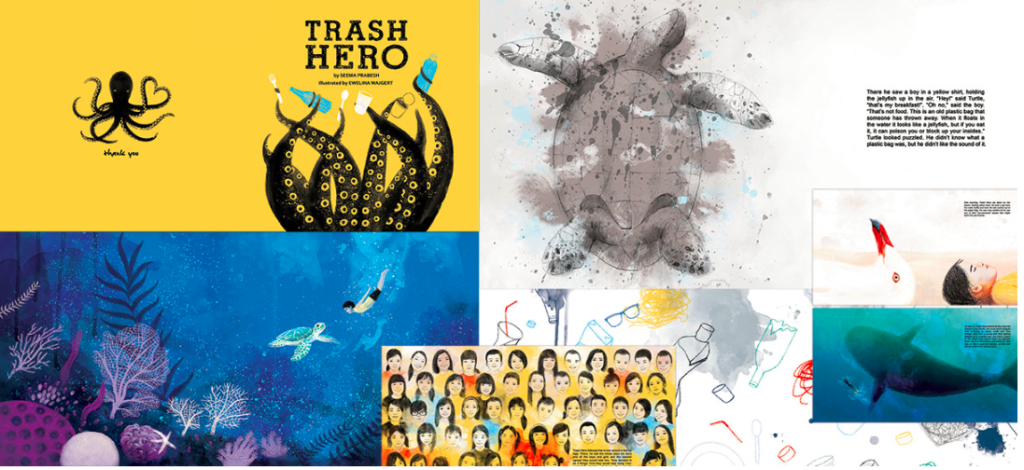
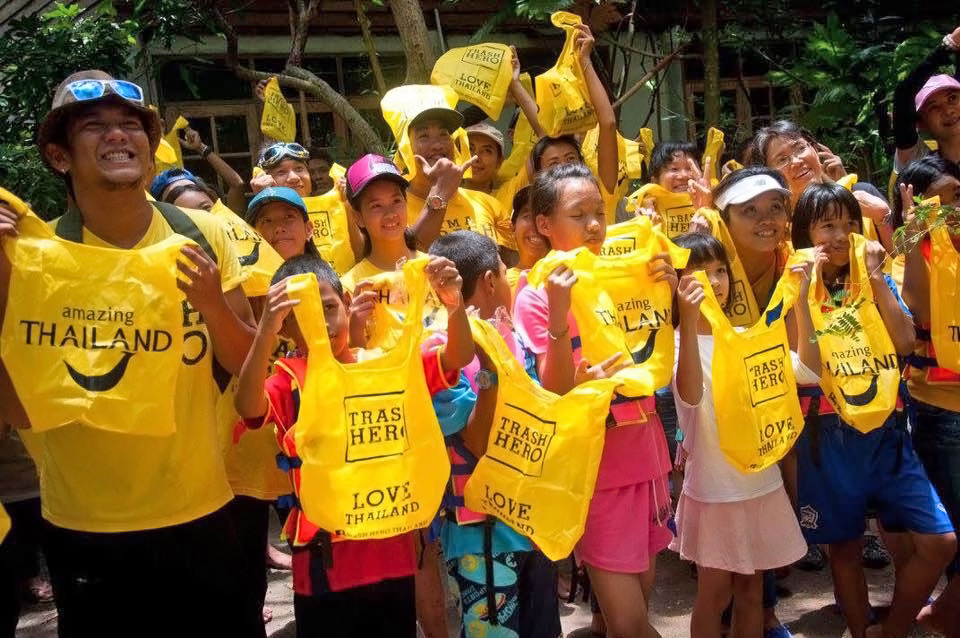
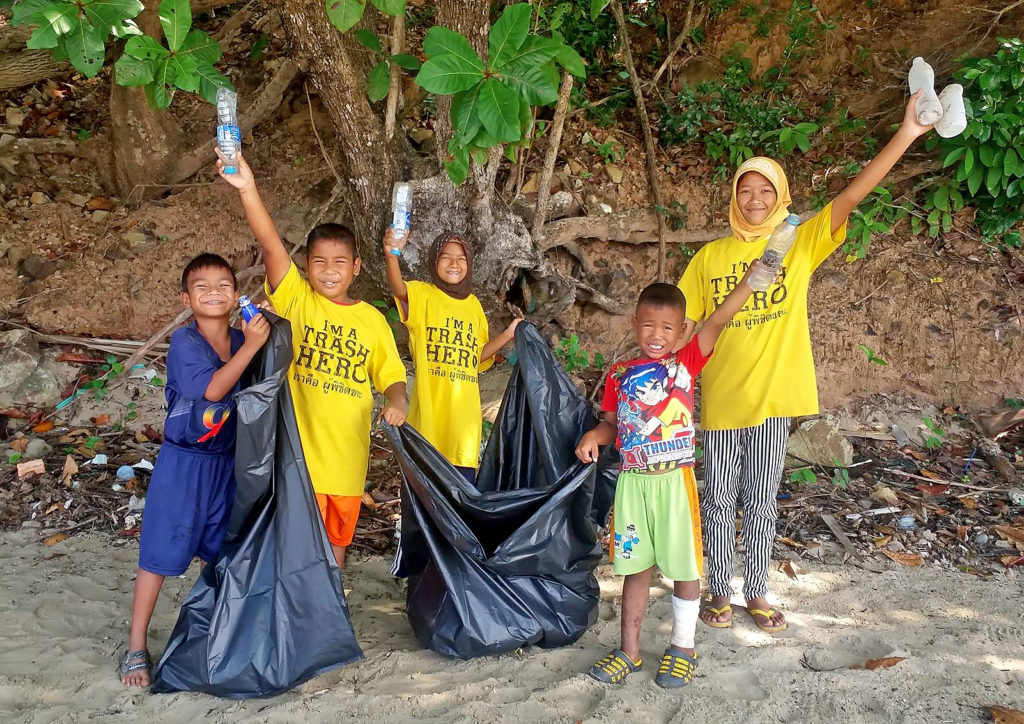
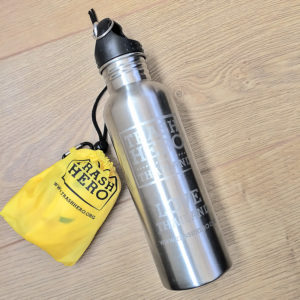
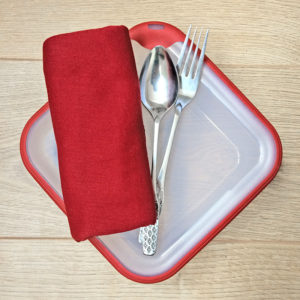
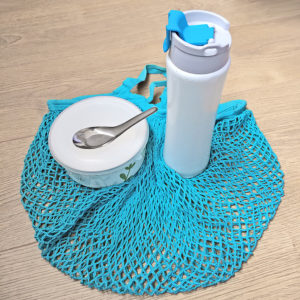
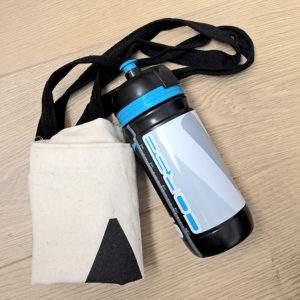
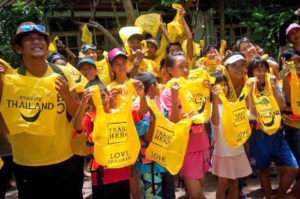
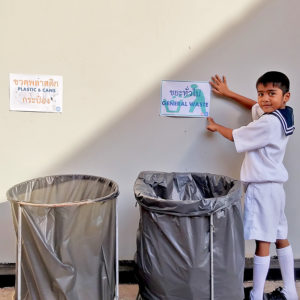
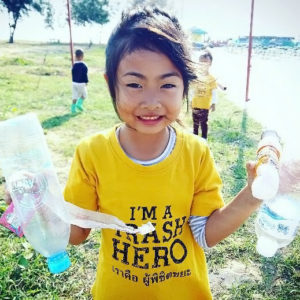
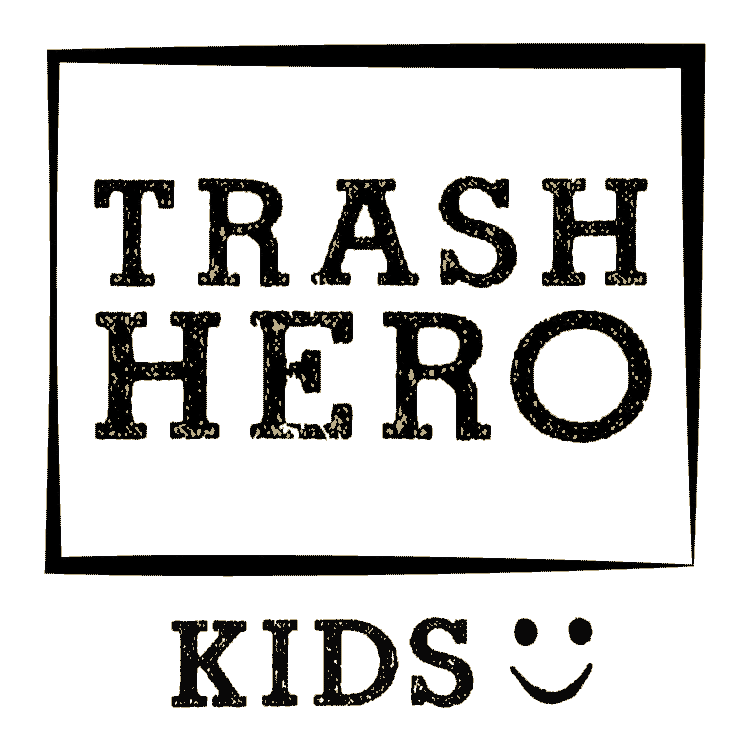
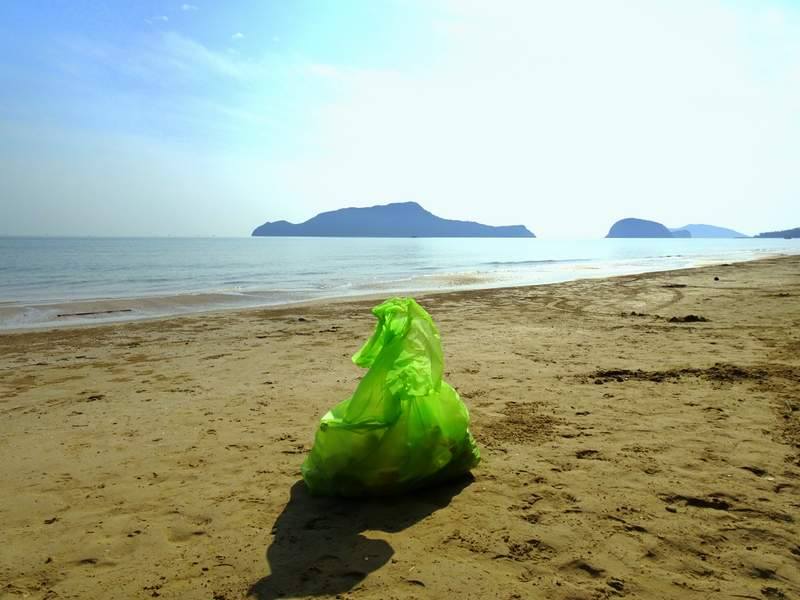
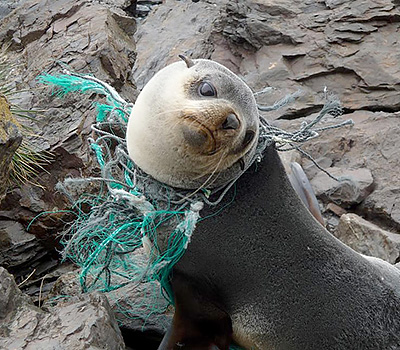
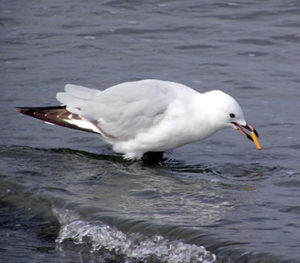
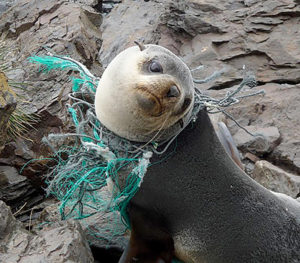
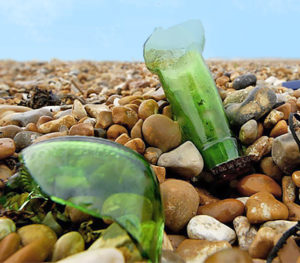
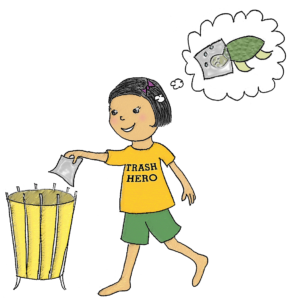 WHAT CAN I DO TO HELP?
WHAT CAN I DO TO HELP?
